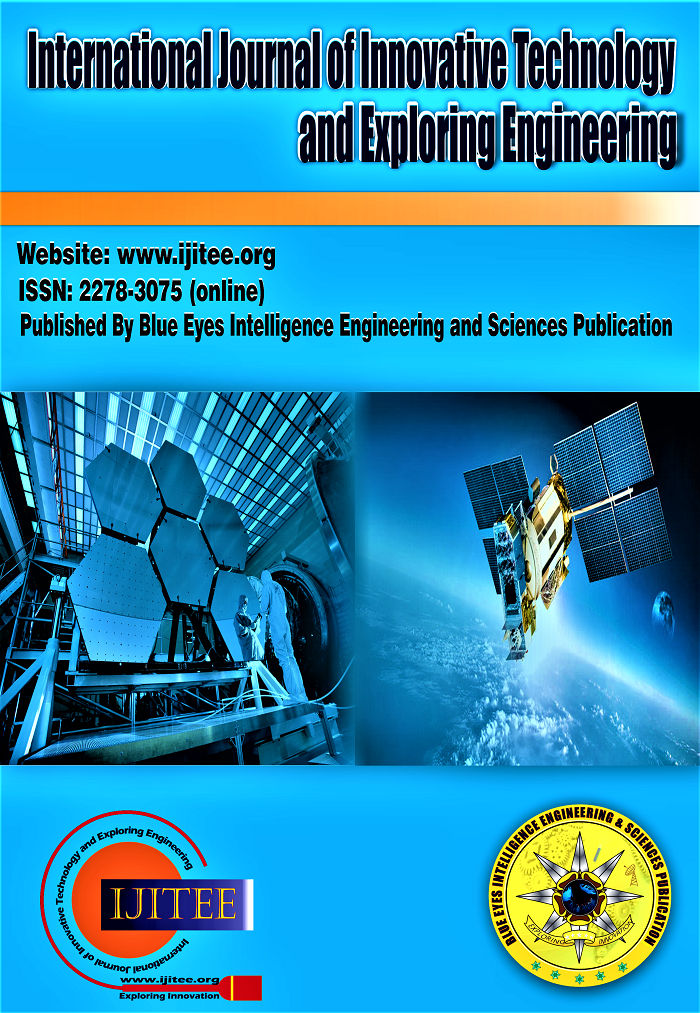Proposing the Use of Failure Mode and Effect Analysis (FMEA) as Risk Assessment Tool in Construction
Main Article Content
Abstract
The aim of this research was to improve the analysis of risks in construction projects in Egypt through proposing the implementation of FMEA as a risk assessment tool. First, an extensive literature review was conducted to identify the relevant risks in the Egyptian construction industry. Second, a questionnaire survey was carried out to determine the impact, probability, and detection of the identified risk factors according to experts working in the construction sector in Egypt. Third, an analysis of these risks was carried out using traditional PMI’s risk assessment, FMEA, and the integration of fuzzy logic with FMEA fundamentals. The reached results demonstrated that FMEA and risk management are quite similar in different aspects, but FMEA has an additional dimension to PMI’s risk analysis, which is “detection”. Such dimension affects how risks are managed and plays a major role in developing better strategies for controlling and detecting risks. This added depth provides more insights about the project and enables construction parties to make better preparations and decisions in their projects. The findings indicated that FMEA has a significant potential in the construction industry if it is properly applied. Findings of this research are envisaged to promote the application of FMEA as an upgrade to the currently applied PMI’s risk management practice; thus, enhancing the efficiency, visualization, and eventually the decision making.
Downloads
Article Details
Section

This work is licensed under a Creative Commons Attribution-NonCommercial-NoDerivatives 4.0 International License.
How to Cite
References
Amiri, M., Ardeshir, A., and Zarandi, M. Fuzzy Probabilistic Expert System for Occupational Hazard Assessment in Construction. Safety Science, Vol. 93, pp. 16–28. (2017). https://doi.org/10.1016/j.ssci.2016.11.008
Ahmed, M. (2014) Composite FMEA for Risk Assessment in the Construction Projects, Thesis Politecnico Di Milano. (2014).
Ardeshir, A., Mohajeri, M., and Amiri, M. Evaluation of safety risks in construction using Fuzzy Failure Mode and Effect Analysis (FFMEA). Scientia Iranica, Vol. 23 No. 6, pp. 2546-2556. (2016). https://doi.org/10.24200/sci.2016.2313
Bahrami, M., Bazzaz, D., and Saijadi, S. M. Innovation and Improvements In Project Implementation and Management; Using FMEA Technique. Procedia - Social and Behavioral Sciences, Vol. 41, pp. 418–425. (2012). https://doi.org/10.1016/j.sbspro.2012.04.050
Bongiorno, J. Use FMEAs to Improve Your Product Development Process. PM Network, pp. 47–51. (2004).
Carbone, T. A., and Tippett, D. D. Project Risk Management Using the Project Risk FMEA. Engineering Management Journal, Vol. 16 No. 4, pp. 28–35. (2004). https://doi.org/10.1080/10429247.2004.11415263
Karamoozian, A., and Wu, D. A Hybrid Risk Prioritization Approach in Construction Projects Using Failure Mode and Effective Analysis. Engineering, Construction and Architectural Management, Vol. 27 No. 9, pp. 2661–86. (2020). https://doi.org/10.1108/ECAM-10-2019-0535
Lo, H., and Liou, J. H. A Novel Multiple-Criteria Decision-Making-Based FMEA Model for Risk Assessment. Applied Soft Computing, Vol. 73, pp. 684–96. (2018). https://doi.org/10.1016/j.asoc.2018.09.020
Razaque, A., and Bach, C. (2012). Fostering Project Scheduling and Controlling Risk Management. International Journal of Business and Social Science, Vol. 3 No. 14, pp. 118–27. (2012).
Sarkar, D., and Manvinder, S. Risk Analysis by Integrated Fuzzy Expected Value Method and Fuzzy Failure Mode and Effect Analysis for an Elevated Metro Rail Project of Ahmedabad, India. International Journal of Construction Management, Vol. 22, No. 10, pp. 1818–29. (2022). https://doi.org/10.1080/15623599.2020.1742634
Sawhney, R., Subburaman, K., Sonntag, C., Rao, V., and Capizzi, C. A Modified FMEA Approach to Enhance Reliability of Lean Systems. International Journal of Quality & Reliability Management, Vol. 27 No. 7, pp. 832–55. (2010). https://doi.org/10.1108/02656711011062417
Shen, X, Jiang, S, gong, L & Carr, C. Technology Progress in the Chinese Construction Industry under the Iron-Fist of Government, Technology Analysis and Strategic Management, vol. 25, no. 4, pp. 387. (2013). 402. https://doi.org/10.1080/09537325.2013.774343
Soebandrija, K. E. N., Suharjanto, G., Selvi, G. V., and Darmawan, R. Failure Modes and Effects Analysis (FMEA) in Indonesia’s Construction Project through Lens of Improvement and Decision-Making Strategy. Proceedings of the First Australian International Conference on Industrial Engineering and Operations Management, IEOM Society International. (2022).
Suryoputro, M. R., Khairizzahra, A. D. S., and Widiatmaka, N. W. Failure Mode and Effect Analysis (Fuzzy FMEA) Implementation for Forklift Risk Management in Manufacturing Company. IOP Conf. Ser.: Mater. Sci. Eng (2019). https://doi.org/10.1088/1757-899X/528/1/012027
Spencer, L., Ritchie, J., Lewis, J., and Dillon, L. Quality in Qualitative Evaluation: A Framework for Assessing Research Evidence. National Centre for Social Research. (2003).
Tafazzoli, M. Dynamic Risk Analysis of Construction Delays Using Fuzzy-Failure Mode Effects Analysis. University of Nevada. (2017).
Wang, R., Feng, Y., and Yang, H. Construction Project Risk Evaluation Based on FMEA. Earth and Environmental Science, Vol. 330 No. 2. (2019). https://doi.org/10.1088/1755-1315/330/2/022041
Wehbe, F. A., and Hamzeh, F. R. Failure Mode and Effect Analysis as a Tool for Risk Management in Construction Planning. Production System Design. (2013).
Rauf*, H. L., Shareef, S. S., & Ukabi, E. (2019). Understanding the Relationship between Construction Courses and Design in Architectural Education. In International Journal of Recent Technology and Engineering (IJRTE) (Vol. 8, Issue 3, pp. 3201–3207). https://doi.org/10.35940/ijrte.c4919.098319.
Kebede, T. (2023). Parametric Stability Analysis of a Thin Shell Structure Under Own Weight. In Indian Journal of Structure Engineering (Vol. 3, Issue 1, pp. 7–13). https://doi.org/10.54105/ijse.c3979.053123
Mohanty, S., Roy, S., Ganguly, M., & Pattnaik, P. K. (2019). Risk Assessment for Project Construction Based on User Perspective: An Experimental Analysis using AHP. In International Journal of Innovative Technology and Exploring Engineering (Vol. 8, Issue 9, pp. 2944–2952). https://doi.org/10.35940/ijitee.i8937.078919
Priya, Dr. R. (2020). The Estimation of Risk on Cloud Computing Framework. In International Journal of Innovative Science and Modern Engineering (Vol. 6, Issue 4, pp. 5–10). https://doi.org/10.35940/ijisme.d1188.016420
Raja, A. K. A., Geethan, K. A. V., Tamilarasan, G., Shanoffer, S. J., & Rathish, S. (2020). Development and Characterisation of Banana and E Glass Fiber Reinforced With Isophthalic Resin Based Composites. In International Journal of Engineering and Advanced Technology (Vol. 10, Issue 1, pp. 129–133). https://doi.org/10.35940/ijeat.a1752.1010120





